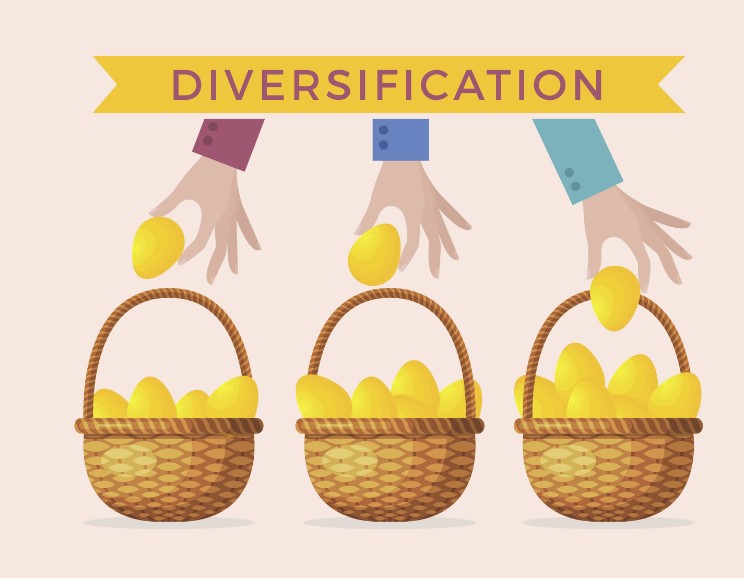Is There a Bear Market in Diversification?
September 18, 2018
To Inform:
 Source: Shutterstock
Source: Shutterstock
Earlier this week I listened to a webcast put on by the fund managers of a flagship “best ideas” global allocation fund from a major investment bank. I’m taking some liberties to summarize a conversation I had with a friend during the webcast, but the conversation went something like this:
- Friend: What are you listening to?
- Travis: It’s a webcast update from the fund managers of a best ideas global allocation mutual fund from a major investment bank.
- Friend: Wow, that fund must be doing well. Stocks are up and it’s a bull market.
- Travis: Actually, the fund is pretty much up 0% – almost exactly flat year-to-date.
- Friend: What?!?! That’s terrible! They must really be struggling!
- Travis: Actually, they are doing well relative to their peers. Their performance is around the top quartile of their peer group and they are outperforming the category average, the Morningstar World Allocation group by more than 1%…the peer group is down over -1% YTD.
- Friend: What?!?! How can that be in a bull market?
- Travis: It’s not a bull market everywhere and that’s creating some opportunities moving forward.
One of the most challenging situations for clients is when diversified portfolios do not keep up with popular U.S. stock indexes like the Dow and the S&P 500. We’re seeing that now across the industry, and frankly, the portfolios we manage may be doing well against peers, but we are not immune to what is happening in the broader markets.
Nobel Prize winner Harry Markowitz referred to diversification as the “only free lunch in finance.” The idea is that by diversifying among different assets, at various times some will be up and some will be down, but over time, the investor gets the returns of those asset classes but with a much smoother ride. In practice, we find that investors like diversification when stocks are down but bonds are up because the bonds cushion the downside. However, when stocks, especially popular indexes, are up and most other asset classes are down, diversification gets hard to stomach because investors feel like they are missing out. Let’s take a look at what is happening in the current environment across some of the major asset classes.
- Bonds. Most investors hold bonds because they don’t want the full volatility of the stock market, especially on the downside. We would argue bonds still have their “cushioning” properties, but rising interest rates have meant bonds are having their worst year in about 5 years. The popular BarCap Aggregate Bond Index is down about -1.5% through mid-September.
- S. Stocks. Popular indexes like the Dow and S&P 500 are doing great – up in the high single digits. However, this is another place where diversification may seem frustrating. One sector, technology, has made up over 90% of the S&P 500’s returns when you look at the return math. In fact, data shows lower P/E stocks have actually had negative performance while more expensive stocks (like technology names) have outperformed. The similarities to another period where diversification was in a “bear market,” the late 1990’s, is a subject for a future Wealthnotes.
- International Stocks. Emerging markets (EM) were last year’s diversification darlings – the category was up over 35% and any allocation to EM likely boosted returns of diversified portfolios. When EM continued to perform well during the first three months of this year, investors wanted more of them. However, over the last six months, Trump tariff talk has coincided with a big correction in emerging markets, despite their rising earnings. When you look at the entire world stock market, the MSCI All Country World Index is up less than 2% through mid-September.
- Real Assets. Tariffs and a rising dollar haven made for a rough three months for broad commodities which are down through mid-September. Global Real Estate, which was down earlier in the year, has come back recently but is now about flat YTD through mid-September.
Putting it all together, how does the environment look for a diversified manager like the global allocation fund we mentioned earlier? Here’s a simple math equation:
Bonds (negative) + U.S. Stocks (positive) + International Stocks (negative) + Real Assets (negative) = Lower Returns Than U.S. Stocks
Fund manager Shelby Cullom Davis once said, “you make most of your money in a bear market, you just don’t realize it at the time.” Essentially what Davis is trying to convey is the notion of buying low and selling high. When the value of diversification seems “low” like it does now, it may be the time when it makes the most sense to be diversified looking forward.